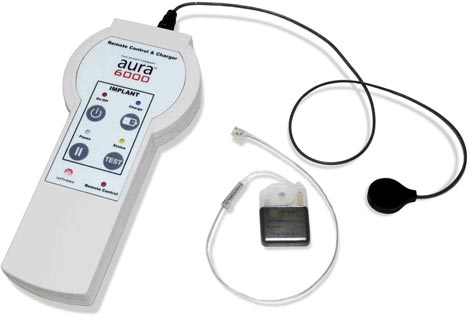 St. Jude announced it is seeking a retraction of the manuscript accepted for publication in the Heart Rhythm Journal by Dr. Robert Hauser, et al., titled, “Deaths Caused by the Failure of Riata and Riata ST Implantable Cardioverter-Defibrillator Leads.” St. Jude claims that the research performed by Hauser undercounted and excluded MAUDE data reports for Medtronic product resulting in substantial factual errors.
St. Jude announced it is seeking a retraction of the manuscript accepted for publication in the Heart Rhythm Journal by Dr. Robert Hauser, et al., titled, “Deaths Caused by the Failure of Riata and Riata ST Implantable Cardioverter-Defibrillator Leads.” St. Jude claims that the research performed by Hauser undercounted and excluded MAUDE data reports for Medtronic product resulting in substantial factual errors.
According to the press release: Continue reading












 In 1965, Australian medical device pioneer Noel Gray established Telectronics – Australia’s first manufacturing facility for producing pacemakers that were designed in-house. Telectronics was an innovative developer, achieving some major successes in the early cardiac pacing field, for example, Telectronics’ leads allowed narrowing the pacing pulse to its current nominal of 0.5 milliseconds; encapsulating the pacemaker in titanium instead of epoxy; using a microplasma weld to join the two halves of the pacemaker capsule; creating one of the first rate-responsive ‘demand’ pacemakers; and isolating the pacemaker’s battery in a separate compartment to deal with the problem of leaking mercury-zinc batteries.
In 1965, Australian medical device pioneer Noel Gray established Telectronics – Australia’s first manufacturing facility for producing pacemakers that were designed in-house. Telectronics was an innovative developer, achieving some major successes in the early cardiac pacing field, for example, Telectronics’ leads allowed narrowing the pacing pulse to its current nominal of 0.5 milliseconds; encapsulating the pacemaker in titanium instead of epoxy; using a microplasma weld to join the two halves of the pacemaker capsule; creating one of the first rate-responsive ‘demand’ pacemakers; and isolating the pacemaker’s battery in a separate compartment to deal with the problem of leaking mercury-zinc batteries. 
